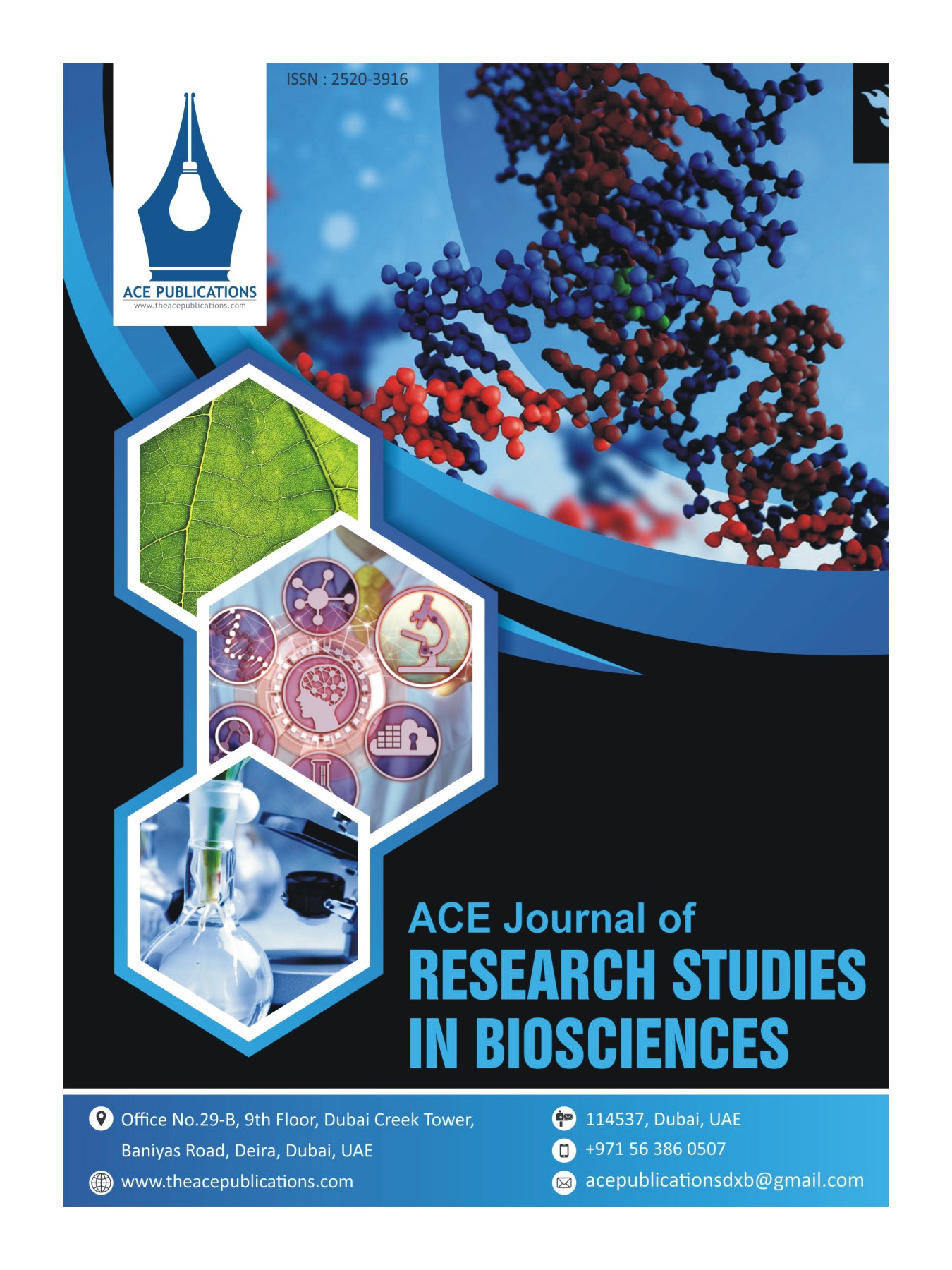


Author:
Methaq J. Al-Jboori
Page: 1-12
Published online: 05 Jun 2024
https://doi.org/acejrsb.2024.1.12
Telomeres have significant focusing researchers in last decades belong to its role in aging and cancer development in mammalian genomes. ROS represented as second messengers contributed in several signaling pathways, the current review discussed the impact of oxidative stress (OS) in accelerating telomere length reduction in human, animal and cell line. Different ROS types react with DNA causes more than 100 kinds of oxidative damaged bases, include pyrimidine and purines damages, like single strand breaks and a basic site. Guanine (G) is more common oxidation to generating 8?oxoG, Free radicals can be oxidized Pyrimidine to generate different lesions as well as 5?hydroxy cytosine, thymine glycol (Tg) and 5?hydroxy uracil, the 8?oxoG is the common oxidative injury. DNA oxidative lesions can be repaired by some pathways, In form of 8?oxoG, OGG1 glycosylase discriminate the complement C, to form a basic site by removing the lesion, Which enhanced by XPC, NEIL1 and APE1, further oxidized to other lesions can be occurred like guanidinohydantoin (Gh) and spiroiminodihydantoin (Sp). These destruction distorting hydantoin lesions implicated DNA transcription and replication. OS has significant role in the telomere shortening and human tissues dysfunction, biochemical researches and cell culture. Some mechanisms have been suggested to demonstrate how ROS high level effect on the telomere length homeostasis., belong to the high effective of ROS in cell components, further studies must be implemented to explain if the telomeres legend affected by direct or indirect ROS impacts.